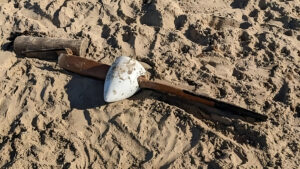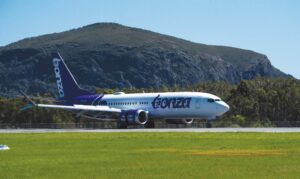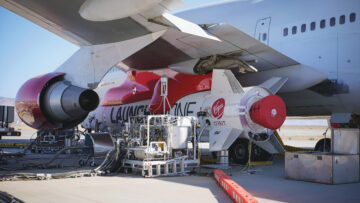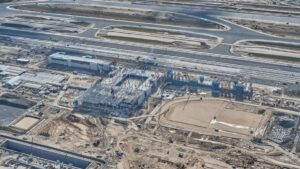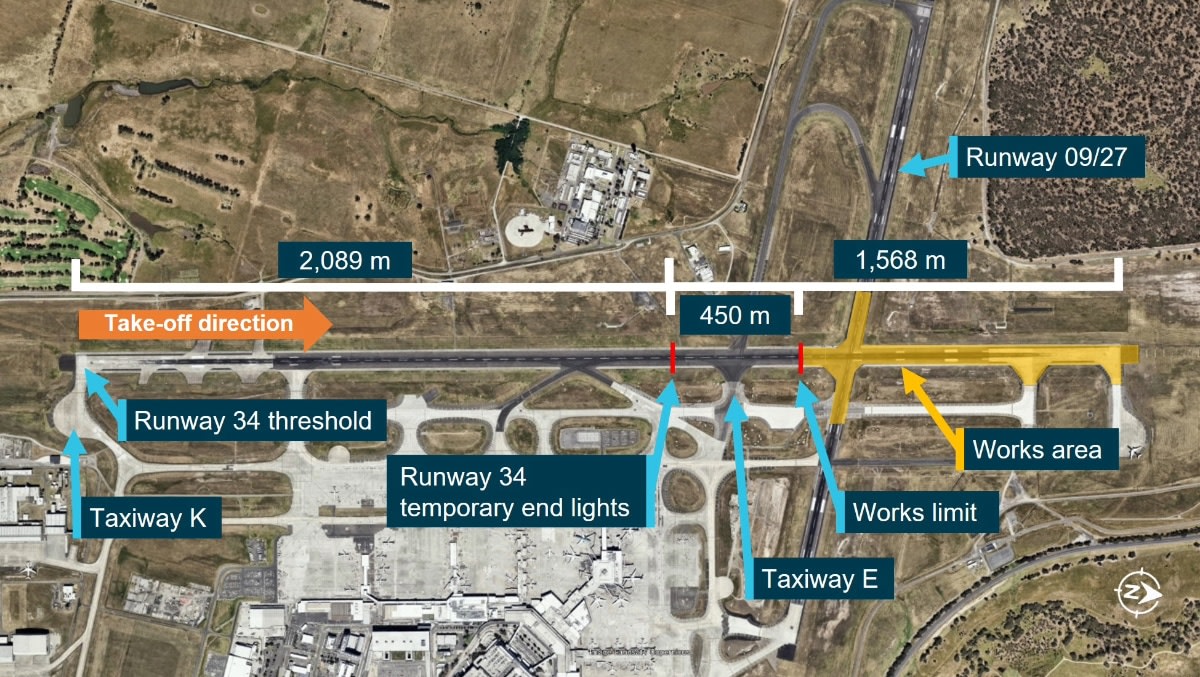
The ATSB has released its preliminary report into a pair of overruns on Melbourne’s shortened north-south runway in September.
A Malaysia Airlines A330-300, 9M-MTL, and a Bamboo Airways 787-9, VN-A819, both overran the end of runway 16/34 during nighttime works 11 days apart. The runway at the time had only 2,089 metres available for take-off compared to the normal 3,657 metres.
In its preliminary report, the ATSB noted that neither crew had known of the shortened runway and so set their respective planes to take off at reduced thrust, which is standard procedure to save engine wear when full thrust is not needed.
“This shortened runway state was detailed in the airport’s notice to airmen (NOTAM) and broadcast over radio via the automatic terminal information service (ATIS), but in both incidents, the flight crews were not aware of the shortened runway and selected the normal full length for the aircraft’s performance calculations,” chief commissioner Angus Mitchell explained.
“Both aircraft subsequently passed the end of the shortened runway 34 during their take-off rolls, and lifted off within the 450-metre buffer zone between the runway’s temporary end and the edge of the worksite.”
The Malaysia A330 took off around 170 metres before the work site and passed approximately 21 metres above the works boundary, while the Bamboo 787 took off in a similar location and passed around 10-16 metres above the works boundary.
As a result of the two overruns, Melbourne Airport cancelled the remaining works that required a shortened runway.
The ATSB will continue its investigation and produce a final report at the conclusion, but will immediately notify relevant parties if a critical safety issue is uncovered.
“The ATSB’s preliminary report has been prepared to provide timely information to the industry and public, and includes a summary of the evidence gathered so far, which comes from NOTAM and ATIS information, CCTV footage, air traffic control audio, interviews with flight crews, recorded flight data, and other sources,” said Mitchell.
“As the investigation progresses, we will continue to further review and analyse this evidence, as well as runway works planning and risk assessments, and mechanisms for the communication of safety-critical aeronautical information to air crews.”
- SEO Powered Content & PR Distribution. Get Amplified Today.
- PlatoData.Network Vertical Generative Ai. Empower Yourself. Access Here.
- PlatoAiStream. Web3 Intelligence. Knowledge Amplified. Access Here.
- PlatoESG. Carbon, CleanTech, Energy, Environment, Solar, Waste Management. Access Here.
- PlatoHealth. Biotech and Clinical Trials Intelligence. Access Here.
- Source: https://australianaviation.com.au/2023/12/crews-that-overran-melbourne-runway-were-unaware-of-works-atsb/
- :has
- :is
- :not
- 1
- 11
- a
- above
- AIR
- aircraft
- Airlines
- airport
- airways
- analyse
- and
- apart
- approximately
- around
- AS
- assessments
- At
- audio
- Australian
- Automatic
- available
- aware
- Bamboo
- been
- before
- BEST
- between
- both
- broadcast
- buffer
- but
- by
- CCTV
- chief
- COM
- comes
- commissioner
- Communication
- compared
- conclusion
- continue
- control
- crew
- critical
- data
- Days
- detailed
- due
- during
- earth
- Edge
- end
- Engine
- evidence
- explained
- far
- final
- flight
- For
- from
- full
- further
- gathered
- had
- HTTPS
- if
- image
- immediately
- in
- incidents
- includes
- industry
- information
- Interviews
- into
- investigation
- issue
- ITS
- jpg
- known
- Length
- Lifted
- location
- Malaysia
- max-width
- mechanisms
- Melbourne
- needed
- Neither
- normal
- noted
- Notice..
- of
- off
- on
- only
- Other
- over
- pair
- parties
- passed
- performance
- Planes
- planning
- plato
- Plato Data Intelligence
- PlatoData
- preliminary
- prepared
- procedure
- produce
- provide
- public
- Radio
- recorded
- Reduced
- released
- relevant
- remaining
- report
- required
- respective
- result
- review
- Risk
- rolls
- runway
- Safety
- Said
- Save
- selected
- September
- service
- set
- shortened
- similar
- site
- So
- so Far
- Sources
- standard
- State
- Subsequently
- SUMMARY
- Take
- temporary
- Terminal
- that
- The
- their
- this
- thrust
- time
- timely
- to
- took
- traffic
- two
- uncovered
- via
- was
- we
- WELL
- were
- when
- which
- while
- will
- with
- within
- Work
- works
- zephyrnet


